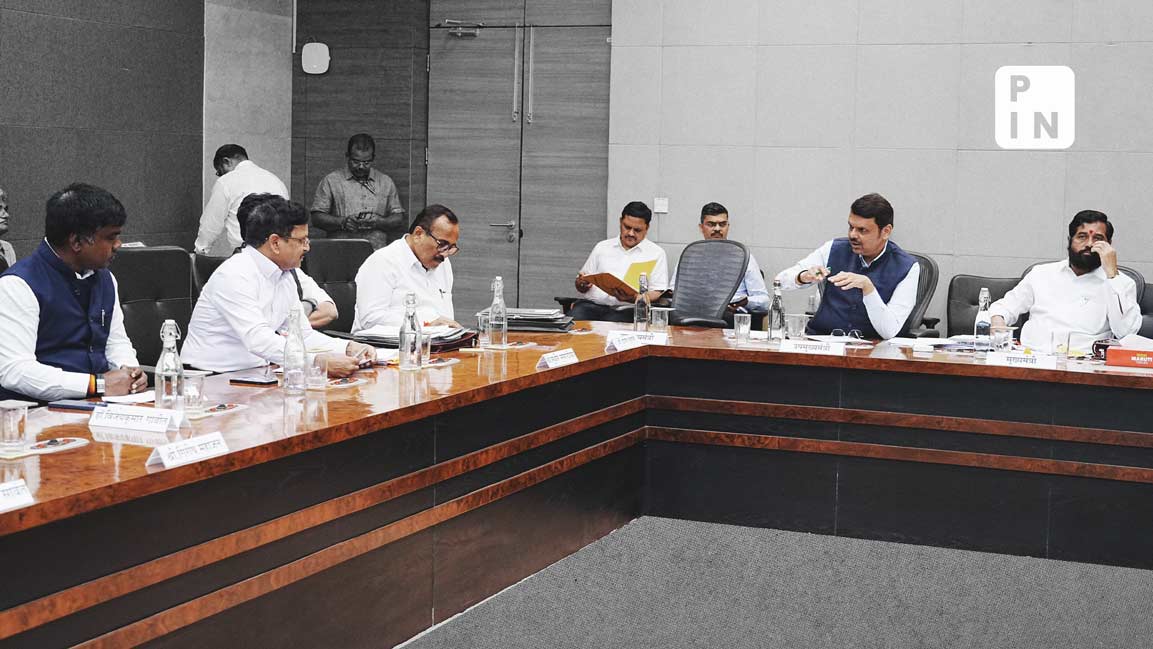- | 3:13 pm
Run after learning to walk: Assemble and make in India for the world
By integrating ‘Assemble in India for the world’ into Make in India, India can create eight crore jobs by 2030

When Maruti Udyog Ltd (MUL) started assembling cars in the early 1980s, it employed 883 employees. Over decades, as Maruti progressively integrated operations backward by manufacturing all parts and components indigenously, the Indian automobile industry grew tremendously. Today, the industry employs about two crore employees across the entire value chain. Thus, starting from the modest assembly operations, employment in this industry has grown by 50,000 times in five decades. The industry accounts for about half of India’s manufacturing GDP and over 7 per cent of its overall GDP. More recently, a similar phenomenon is playing out in electronics manufacturing. Following the ‘make in India’ push by the government, production of mobile phones has gone up from 6 crore in 2015 to 31 crore in 2022, which translates into an annual growth rate of 26 per cent. In this process, as shown in Figure 1, the imports of mobile phones have declined sharply from about $7.5 billion in 2014–15, when the Make in India initiative was launched, to less than $4 billion in 2016–17. Once sub-component manufacturing took off in 2017, imports have further reduced to less than $200 million in 2021–22. In the process, value addition has grown from just 2 per cent in 2014, when only assembly was being done, to about 15 per cent in 2022 with indigenous manufacture of sub-components contributing to the higher value addition.
The two case studies of automobiles and mobile phones clearly illustrate ‘learning to walk’—or low-value-added assembly operations, before ‘running’—or full-fledged end-to-end manufacturing, capturing the value addition completely. By integrating ‘Assemble in India for the world’ into Make in India, India can create eight crore jobs by 2030. Growth in exports provides a much-needed pathway for job creation in India. For instance, in the five-year period 2001–06, labour-intensive exports enabled China to create 70 million jobs for workers with primary education. In India, increased exports explain the conversion of about 8,00,000 jobs from informal to formal between 1999 and 2011, representing 0.8 per cent of the labour force (Artuc et al. 2019). The China+1 strategy of multinational firms presents India with an unprecedented opportunity to chart a similar export trajectory as that pursued by China and create unparalleled job opportunities for its youth. As no other country can match China in the abundance of its labour, we must grab the space that is being vacated in labour-intensive sectors.
India’s Export Underperformance vis-à-vis China
To understand the export strategy that India needs to pursue, we must examine the reasons for India’s underperformance in exports vis-à-vis China.
Lack of Specialization
Is India’s lacklustre export performance caused by a lack of diversification in its export basket or is it because of a lack of specialization? We examine this question by decomposing India’s and China’s share of world exports of manufactured products into the effects of diversification versus concentration (see Figure 2). It can be seen that Panel (a), which depicts the world market shares of the two countries, is a mirror image of Panel (b), which shows the contribution of specialization. Thus, the China–India gap in world market share is almost fully driven by the effect of specialization. On the other hand, India is clearly catching up with China in terms of diversification across products and markets (Panel [b]). Overall, high diversification combined with low specialization implies that India is spreading its exports thinly over many products and partners, leading to its lacklustre performance compared to China.
The specialization effect itself is further decomposed into quantity and price effects. Figure 3 shows that the China–India gap with respect to specialization has been fully driven by the quantity effect.

Note: Values on the y axis are the world export shares of India and China in Panel (a), these shares decomposed into effect of specialization in Panel (b) and effect of diversification in Panel (c).
Thus, China has exploited economies of scale to lower the average costs of its manufacturing products to compete effectively in global markets. The bottom line is that if India wants to become a major exporter, it should specialize more in the areas of its comparative advantage and achieve significant quantity expansion.

Note: Values on the y axis are the effect of specialization in world export shares of India and China decomposed into quantity effect in Panel (a) and price effect in Panel (b).
Do Exports Need a Depreciated Rupee?
A general perception is that it was mainly China’s exchange rate policy that contributed to its export success. However, as seen in Figure 2 and the subsequent figures, India’s export underperformance persists over two decades when India’s exchange rate depreciated significantly. Thus, China’s remarkable export performance, compared to India, is driven by a high degree of specialization in labour-intensive production activities and large scale in the chosen sectors of specialization.
(This excerpt has been taken with permission from the book ‘India @100’ written by Krishnamurthy Subramanian and published by Rupa Publications.)













